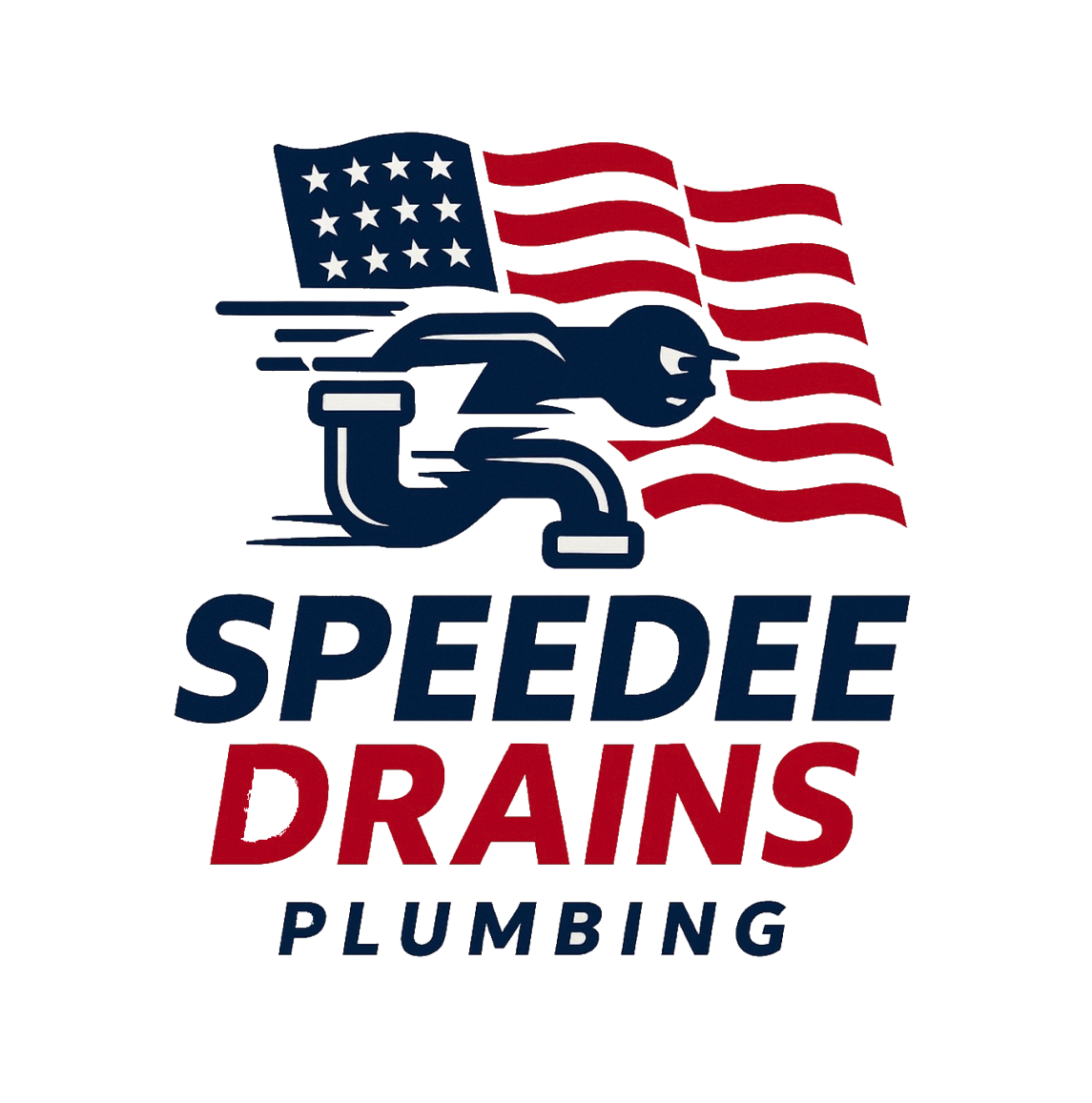Dishwasher Leaks: How to Troubleshoot and Fix Common Problems
A dishwasher makes daily life easier by handling dirty dishes with the push of a button. But when water starts pooling on the floor or seeping into cabinets, that convenience quickly turns into a plumbing headache. Dishwasher leaks are one of the most common kitchen issues homeowners face, and they can waste water, damage floors, and lead to mold growth if not fixed promptly.
At Speedee Drains Plumbing Pros, proudly serving Orange County and Los Angeles County, we provide residential and commercial plumbing services, including leak detection, drain cleaning, hydro jetting, and sewer line repairs. In this guide, we’ll walk you through the causes of dishwasher leaks, how to troubleshoot them step by step, and preventive measures to keep your kitchen dry.
1. Why Dishwasher Leaks Are Serious
Even a small leak can create big problems if left untreated:
- Wasted water: Each cycle can waste gallons of water.
- Structural damage: Water seeps into cabinets, subfloors, and baseboards.
- Mold and mildew: Moisture under appliances encourages harmful growth.
- Higher bills: Increased water usage drives up monthly costs.
Catching leaks early helps you avoid costly plumbing and home repairs.
2. Common Causes of Dishwasher Leaks
1. Worn or Dirty Door Gasket
The rubber seal around the door keeps water inside. Cracks, warping, or food buildup prevent it from sealing properly.
2. Loose or Cracked Hoses
Dishwashers have both an inlet hose (bringing in water) and a drain hose (removing dirty water). Cracked hoses or loose clamps often cause leaks.
3. Faulty Water Inlet Valve
The inlet valve controls how much water enters. A faulty valve may drip or allow too much water, causing overflow.
4. Improper Loading
Dishes stacked too high or blocking spray arms push water against the door seal, causing leaks.
5. Detergent Issues
Regular dish soap creates excess suds that overflow. Only dishwasher detergent should be used.
6. Worn Pump or Motor Seal
Located underneath the unit, these seals keep water inside the pump. If worn, water leaks beneath the dishwasher.
7. Clogged Drain Line
When the drain hose or line is clogged, water can back up and overflow.
3. Troubleshooting Dishwasher Leaks
Step 1: Pinpoint the Leak
- Leak at the front: Likely a door gasket or loading problem.
- Leak underneath: Pump, motor seal, or hoses.
- Leak at the side/back: Hose or water inlet valve.
Step 2: Inspect the Door Gasket
- Open the dishwasher and examine the gasket.
- Clean it with warm soapy water and a cloth.
- Look for cracks, tears, or flattening.
- Replace if worn—gaskets are inexpensive and easy to install.
Step 3: Check Hoses and Connections
- Pull the dishwasher out slightly.
- Inspect the inlet and drain hoses for cracks, bulges, or looseness.
- Tighten clamps or replace damaged hoses.
Step 4: Test the Water Inlet Valve
- Turn off power and water supply.
- Remove the lower kick plate to access the valve.
- Watch for dripping or water pooling around the valve.
- Replace the valve if faulty.
Step 5: Check Loading and Detergent
- Don’t overload racks or block spray arms.
- Always use dishwasher detergent—not regular dish soap.
- Measure detergent properly to avoid excess suds.
Step 6: Inspect Pump and Motor Seals
- Run a short cycle while observing underneath.
- If water drips near the pump or motor, seals may be worn.
- Replacing seals or the pump often requires professional service.
Step 7: Check the Drain Line
- Disconnect the drain hose from the sink or disposal.
- Flush with water or use a small snake to clear clogs.
- Ensure the hose loops upward (high loop) to prevent backflow.
4. Preventing Future Dishwasher Leaks
- Replace hoses every 5–7 years: Use braided stainless steel for durability.
- Inspect gaskets annually: Clean and replace when cracked or brittle.
- Clean filters monthly: Prevents blockages and excess pressure.
- Use the right detergent: Prevents foam-related leaks.
- Scrape dishes lightly: Avoid sending large debris into the dishwasher.
5. When to Call a Professional
Some leaks can be fixed with DIY care, but others require expert plumbing.
Call a plumber if:
- Leaks continue after replacing gaskets or hoses.
- Water pools under the unit even when not running.
- You see signs of water damage or mold.
- The drain line clog is deep in the plumbing system.
At Speedee Drains Plumbing Pros, we use advanced leak detection equipment to locate hidden leaks without tearing into walls or floors.
6. Dishwasher Leaks in Commercial Kitchens
Restaurants and businesses rely heavily on dishwashers, making leaks more common.
- High-volume use wears out seals and hoses faster.
- Grease-heavy wastewater clogs drains and backs up into units.
- Hard water buildup damages valves and seals.
Regular hydro jetting, drain cleaning, and preventive inspections are essential for commercial kitchens to avoid downtime.
Final Thoughts
Dishwasher leaks are more than a nuisance—they waste water, damage your home, and create unhealthy conditions. By identifying the source of the leak, troubleshooting common issues like worn gaskets or clogged drain lines, and following preventive measures, you can keep your kitchen running smoothly.
At Speedee Drains Plumbing Pros, we proudly serve Orange County and Los Angeles County with expert residential and commercial plumbing services, specializing in leak detection, drain cleaning, hydro jetting, and sewer line repairs. Whether you need help fixing a leaking dishwasher or a complete plumbing inspection, our team is here to deliver fast and reliable service.
